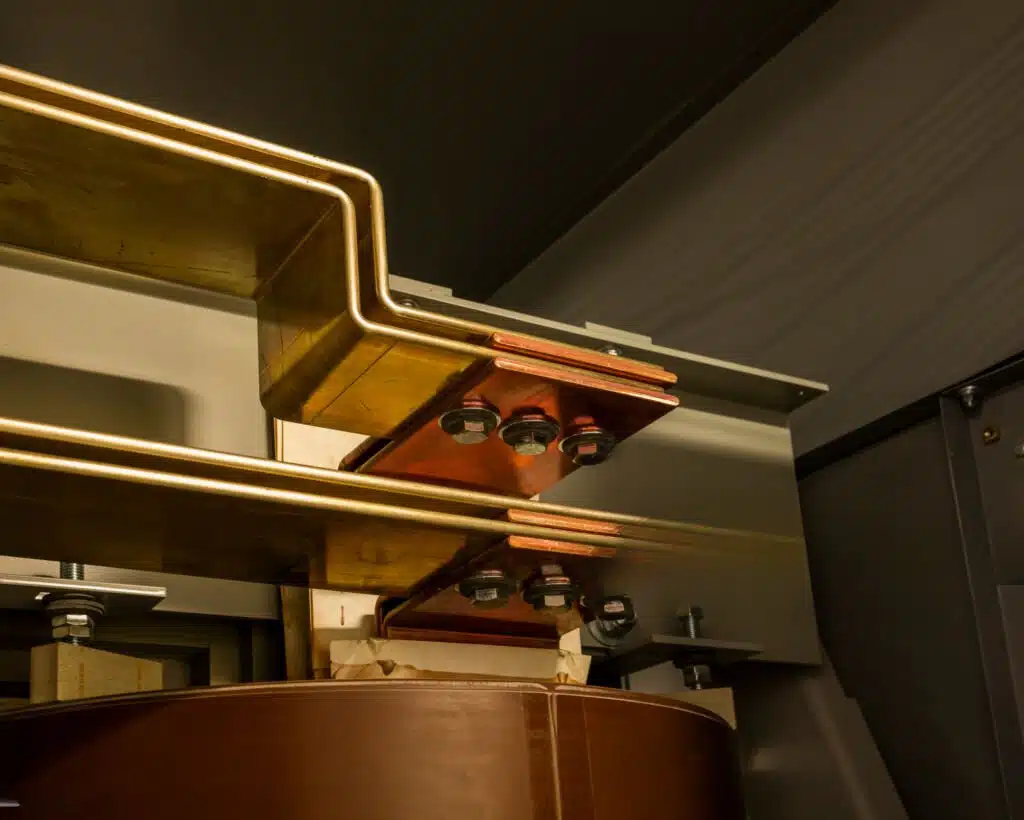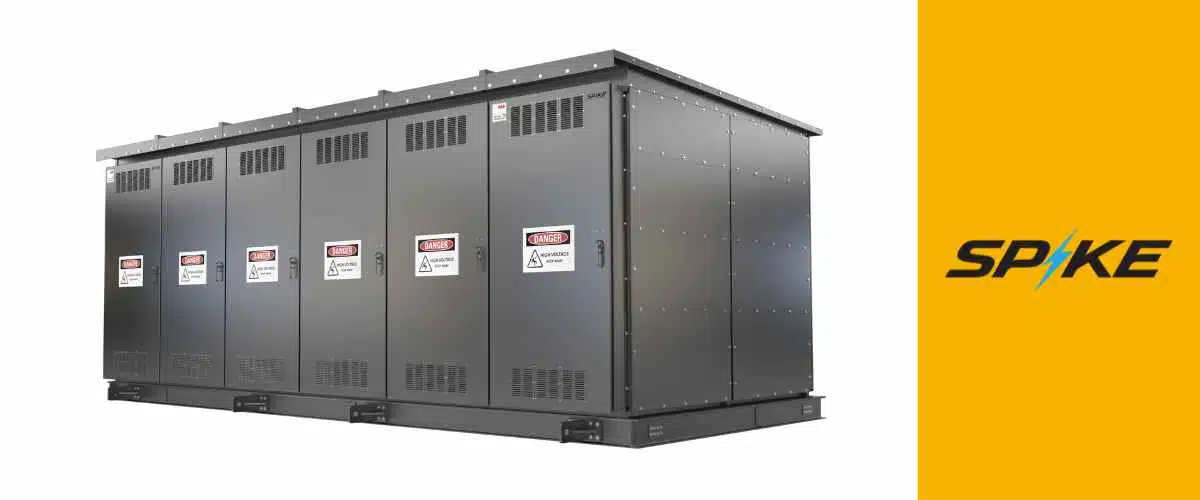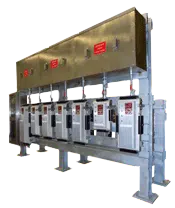
In the electrical industry, clarity around the use of metals and protective coatings is crucial for ensuring reliability and longevity. This discussion sheds light on the engineering practices involving dissimilar metals and the importance of corrosion prevention, providing insights and best practices for manufacturers and clients.
The Importance of Coating Metals
Metals are coated to prevent corrosion and extend their lifespan. Coatings such as tin, silver, and gold are effective at resisting moisture and oxidation, making them ideal for environments where durability is critical. These coatings act as protective barriers, preventing the base metal from reacting with environmental elements like water, oils, and dust. Importantly, non-corrosive metals do not react adversely when combined, making them reliable for layered protection in electrical applications.
Why Are Some Metals Prone to Corrosion?
Metals like iron, copper, and brass are more susceptible to corrosion, particularly when exposed to moisture. This susceptibility necessitates protective measures such as coatings or plating to maintain performance and prevent degradation. For example, copper bus bars are often coated for outdoor or harsh environments to ensure they remain corrosion-free and functional over time. However, in controlled, indoor environments, bare copper is frequently used without concern for moisture exposure.
Industry Standards and Indoor Use
In indoor settings, especially HVAC-controlled environments, bare copper can be specified without significant concern for moisture. This approach is supported by NEMA 250-2020, which outlines that NEMA Type 1 enclosures are designed for indoor use and provide protection against limited amounts of dust and accidental contact—not moisture. NEC Article 110.28 further supports that enclosures rated for dry, indoor environments do not require moisture protection.
Solutions for Enhanced Protection
For situations where additional assurance is needed, a cost-effective solution could include cleaning splice points, applying dielectric grease, and using UL-listed, electrical-rated thick heat shrink. This method fully seals the area, preventing moisture ingress and providing robust protection. Spike Electric is willing to offer a one-year warranty starting from the day the gear is energized to align with client needs, especially as OCI prepares to sell the plant. Additionally, our field service team can inspect and document these connections on-site at no extra cost, with third-party verification from a NETA company to ensure quality and compliance.
Technical Insight into Dissimilar Metals
Mixing dissimilar metals is a common practice across industries, and it is not inherently problematic when managed correctly. Processes such as electroplating copper with tin or silver exemplify how dissimilar metals can be combined effectively. For example, copper bus bars used by all manufacturers often involve a mix of metals. The jewelry industry, which frequently combines gold and silver, provides another illustration of successful metal pairing.
The primary consideration when mixing metals is the difference between corrosive and non- corrosive properties:
- Copper (Cu): Moderately resistant to corrosion, forms a patina over time when exposed to moisture.
- Tin (Sn): Forms a stable, non-corrosive oxide layer, making it suitable for plating copper.
- Silver (Ag): Resists general corrosion well but may tarnish in the presence of sulfur compounds without affecting conductivity.
- Gold (Au): Highly non-reactive and resistant to corrosion, ideal for protective and conductive coatings.
Compliance with Industry Standards
When combining metals, it is essential to use non-corrosive protective coatings to prevent moisture interaction with the base metal. The NEC, UL, and NFPA conduct rigorous testing to ensure safety and functionality, emphasizing that properly coated equipment meets necessary standards. For example, UL 891 states that bus bar joints can be plated with tin, silver, nickel, or cadmium, with no requirement for plating on copper bus bars carrying 600 A or less.
NEC Section 110.14 confirms that connections between coated copper conductors and tin- or silver-plated lugs are permissible, provided all components are rated for the application. This section emphasizes the importance of reliable, safe connections without restricting the use of different conductive coatings.
Deep Dive into NEC 110.14: Ensuring Safe Connections
NEC Section 110.14 outlines essential requirements for electrical connections to ensure safety and reliability. This section mandates that conductors and terminals must be chosen and installed to suit their intended application. It emphasizes the need for connections that are not only mechanically secure but also compatible in terms of conductive properties. This compatibility is crucial when connecting dissimilar metals, such as copper and tin-plated lugs, as it helps maintain the integrity and performance of the electrical system.
NEC 110.14 further specifies that terminations must be rated for the conductor material used. For example, coated copper conductors can be terminated in tin- or silver-plated lugs if all components have been tested and rated to work together. The code does not prohibit the use of different conductive coatings in a single system, as long as the connection is made to function reliably under the specified conditions. This flexibility is vital for engineers and manufacturers working with various material combinations to meet performance and cost-effectiveness requirements.
Manufacturer Standards and Their Relation to NEC
It is important to understand that while NEC sets the baseline for safe installation practices, manufacturer standards often go beyond these requirements. Products that are UL-listed or comply with IEEE standards undergo rigorous testing to ensure they meet safety, performance, and compatibility benchmarks. This testing often supersedes NEC guidelines because it addresses specific product performance under various conditions.
While NEC provides guidelines for general installations, manufacturers design their products to meet or exceed these codes by adhering to comprehensive testing protocols like those set by UL and IEEE. This means that as long as a product is UL-listed or IEEE-compliant, it has been tested to ensure compatibility and safety, fulfilling NEC’s overarching goal of maintaining safe and reliable installations.
In summary, NEC 110.14 emphasizes compatibility and safe installation practices but does not override manufacturer standards, which are designed for specific tested products. These manufacturer standards, guided by UL and IEEE, ensure that electrical components are suitable for their application, providing a layer of reliability that aligns with or exceeds NEC requirements.
Real-World Examples
- Aluminum Lug on Copper Bus with Bare Copper Wire:
- This setup is standard in the industry and allowed per NEC 110.14 as long as it is rated and tested for compatibility. Protective measures like coatings and anti- oxidation compounds ensure long-term reliability and prevent galvanic corrosion.
- Control Transformer with Tin-Plated Lugs and Bare Copper Wire:
- Tin-plated lugs used with copper wire are common and effective for preventing corrosion. This practice aligns with NEC 110.14 and IEEE standards, recognizing tin plating as an efficient protective barrier.
- Breaker with Copper Wire into Tin-Plated Lug:
- Copper wire terminated in a tin-plated lug is a compliant and widely accepted practice. NEC 110.14 and UL 486A-486B support the use of coated lugs with compatible conductors to ensure safe, corrosion-resistant connections.
- Copper Bus with Tin-Plated Bus Bar to Silver-Plated Breaker Connection:
- This configuration involves a copper bus bar coated with tin connected to a silver-plated breaker. The use of tin and silver coatings together is standard in the industry due to their complementary properties in preventing corrosion and ensuring conductivity. NEC 110.14 allows for such connections as long as they are rated and tested for compatibility. The combination minimizes the risk of galvanic corrosion because both tin and silver form stable, non-reactive barriers. This practice is supported by UL 486A-486B, which validates mixed metal connections for their reliability and safe performance in electrical systems.
Additional Industry Practices
Manufacturers like Rockwell, Siemens, Eaton, and ABB consistently use silver plating on bucket center stabs and offer bus bar coatings in tin or silver. This standard practice ensures the integrity of electrical connections and meets the compliance requirements set by industry codes. Similarly, the use of aluminum bus bars with copper silver-plated taps or breaker fingers is common in residential and commercial panels, supported by NEC, UL 67, UL 891, and UL 845standards.
Practical Compliance Example
According to UL 891, page 124, bus bar joints may be plated with tin, silver, nickel, or cadmium. Copper bus bars carrying 600 A or less do not require plating. This flexibility in material use is permissible when the equipment is tested for design specifications and compatibility. Mixed metal use, such as copper and aluminum, is acceptable as long as components are rated for their application and tested according to NEC and UL standards.
Conclusion
The use of dissimilar metals is a well-established and reliable practice when properly managed with appropriate coatings and rigorous testing Compliance with NEC, UL, and IEEE standards ensures the safety, efficiency, and long-term durability of installations. While NEC sets the foundation for safe installation practices, it is essential to consult specific standards like UL and IEEE when comparing these codes to manufactured products such as switchboards or switchgear. These products often follow manufacturer standards that exceed NEC requirements due to rigorous testing and certification by NRTLs (Nationally Recognized Testing Laboratories). This testing confirms that products are suitable for their intended applications and ensures that the use of dissimilar metals, when rated and certified, is both safe and effective.
Explore Our PowerClad Medium Voltage Switchgear Options



